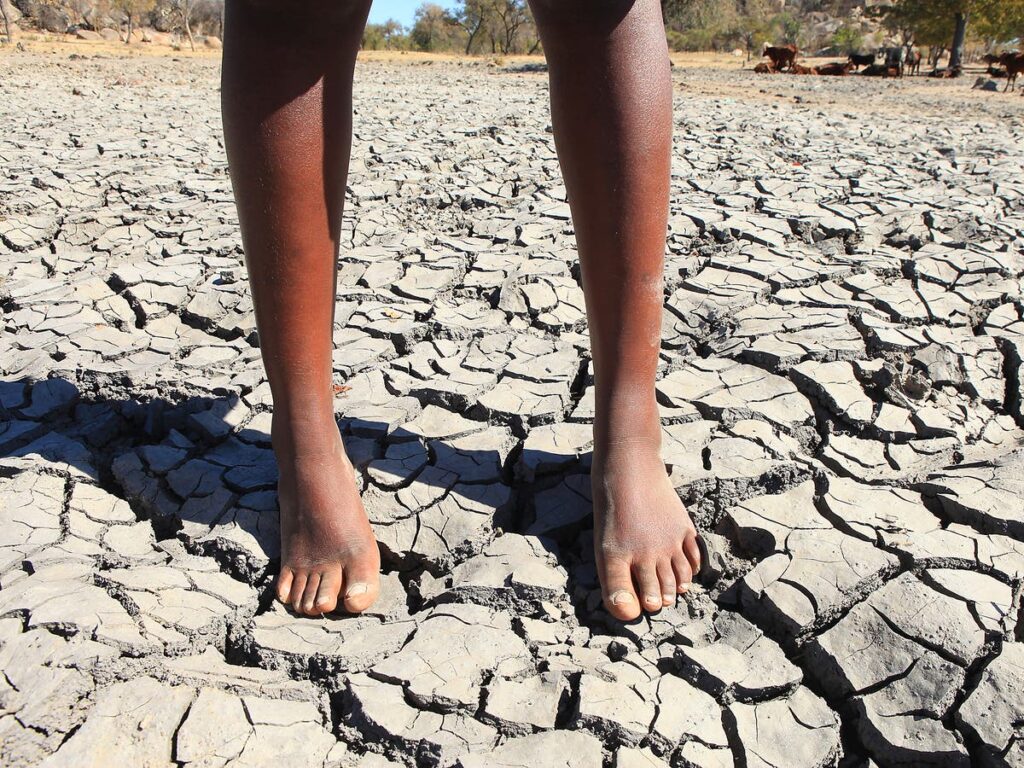
Pakistan is marked as ”third” most critical country to face water scarcity in recent times.
PAKISTAN – International Monetary Fund (IMF) has released reports which labeled Pakistan as the ”Third” most likely country to face water scarcity. United Nations Development Programmed (UNDP) and Pakistan Council of Research in Water Resources (PCRWR) has reported that Pakistan likely to hit water scarcity by 2025. It is also reported that South Asian countries will go water scarcity by 2040.
However, this is not the first time Pakistan has been warned about such looming scarcity factor. In 2016, PCRWR reported that Pakistan touched the “water stress line” in 1990 and crossed the “water scarcity line” in 2005.
If situation like this continues, the country is likely to face a drought situation in the near future, PCRWR.
Neil Buhne, UN humanitarian coordinator for Pakistan, said
“No person in Pakistan, will be immune to this [scarcity].”
https://www.imf.org/external/pubs/ft/sdn/2015/sdn1511tn.pdf
Factors being Water Scarcity
Many factors are leading to Pakistan being scarce with water. Experts say that population growth and urbanization are the main reasons behind the crisis. The issue has also been exacerbated by climate change, poor water management and a lack of political will to deal with the crisis.
Apart from this, Pakistan has the fourth highest water usage rate. There is no country more water intensive than Pakistan. The amount of water, in cubic meters, used per unit of GDP is the highest.
Also See: Water Resources in Pakistan: Scarce, Polluted and Poorly Governed
Farming
The farming in Pakistan is usually irrigated through canal system, but it is underpriced and no taxation is implemented for agriculture purpose water usage as well.
Qazi Talhat, a secretary at the Ministry of Water Resources, told the situation is “Scary” for Pakistan.
Climate changes have also played a huge role, with water shortage occurring with changing hot weathers.
“Heat waves and droughts in Pakistan are a result of climate change,” Mian Ahmed Naeem Salik, an environmental expert and research fellow at the Institute of Strategic Studies in Islamabad.
“The monsoon season has become erratic in the past few years. The winter season has shrunk from four to two months in many parts of the country. On top of it, Pakistan cannot save floodwater due to a scarcity of dams,” Salik said.
He further added, “At the time of Pakistan’s birth in 1947, forests accounted for about 5 percent of the nation’s area, but they have now dropped to only 2 percent. Pakistan must invest in building water reservoirs and plant more trees.”
Insights
Storage of water and the Indo Pak politics also play a huge role in Pakistan receiving water.
“We have only two big reservoirs and we can save water only for 30 days. India can store water for 190 days whereas the US can do it for 900 days,” Muhammad Khalid Rana, spokesman for the Indus River System Authority (IRSA).
In 1960, after the signature of the Indus Water treaty, Pakistan was given rights over the three western and important rivers in the regions, Indus, Jhelum and Chenab while India was given authority over the eastern rivers.
The starting point of the western rivers begin in India and Indian government is playing unfair and has started building dams on Pakistani acquired rivers which ultimately reduces the flow of water to our region.
In May, Islamabad approached the World Bank complaining that India violated the IWT by building the dam on a Jhelum River basin, which it lays claim on.
However, despite all these factors, Pakistan really needs to focus on the water problem now because if not taken seriously the country will face a huge drought problem.
Also See: Pakistan’s first environmental friendly Electric bike launched!

[…] Also See: Pakistan to Reach Water Scarcity by 2025 […]